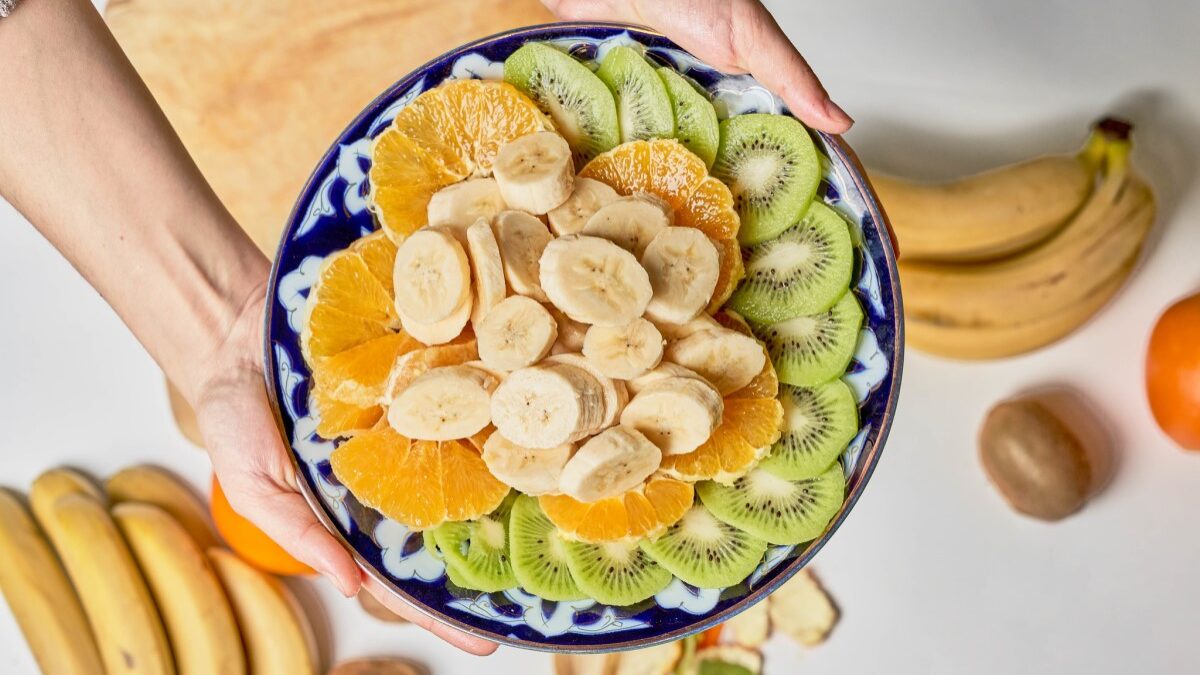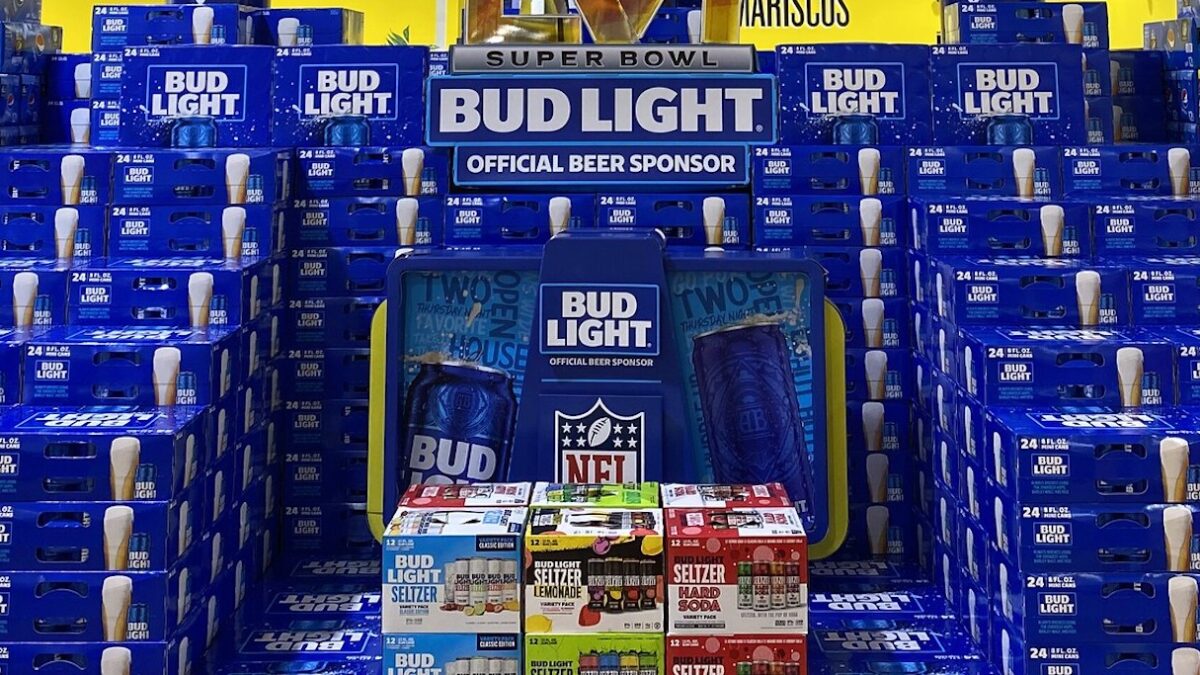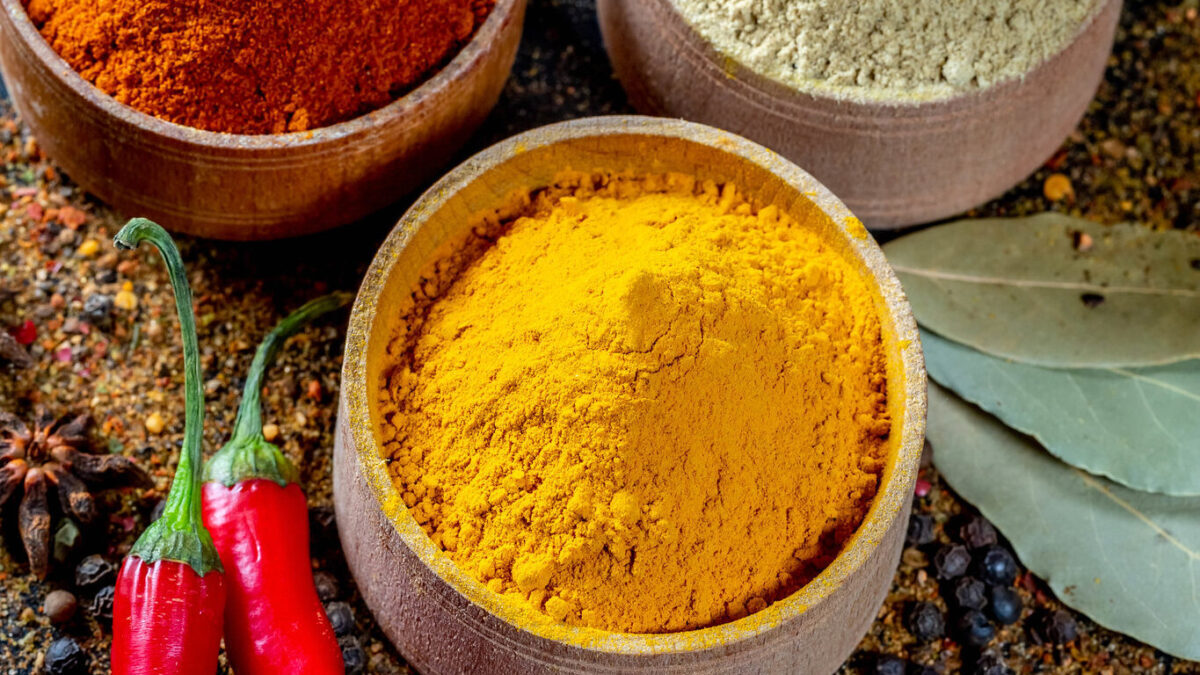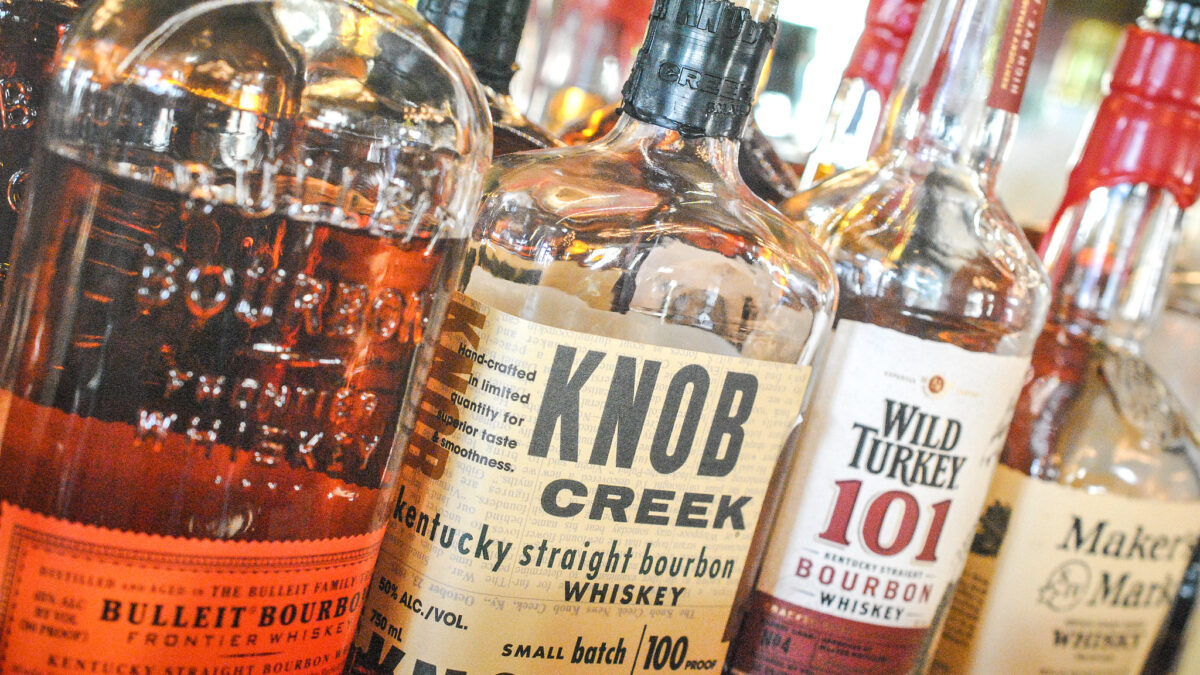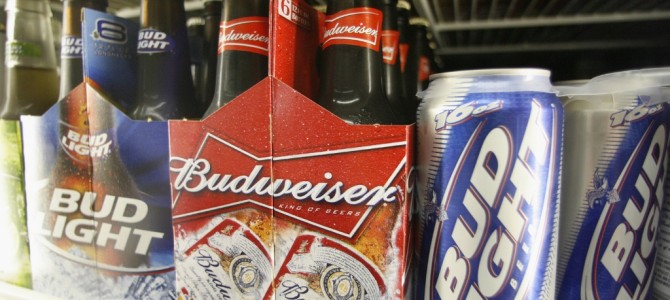
Perennially, Anheuser-Busch InBev is a major player in the Super Bowl commercial sweepstakes, and 2015 was no different. Bud Light scored high with a human Pac-Man game, while many considered the best to be the way a Clydesdale and puppy tugged at hearts while becoming “Best Buds.” Another commercial that played in the third quarter may have been lightly regarded in living rooms; however, in taprooms and craft brewery board rooms many were foaming at the mouth long after the game.
Entitled “Brewed The Hard Way,” the 60-second ad for Budweiser is sharply filmed and frenetically edited, with a pulsing anthemia score as words splash across the visuals. Viewed casually, it seems a typical Madison Avenue offering; slick, professional, and cinematic in scope while direct in its focus.
In craft brewing circles this was viewed as a wanton attack on their very livelihood. Looking at the breadth and venom this spot has inspired, it was almost as if the converse of Apple’s famous “1984” computer commercial transpired—Big Brother was waging an attack on the wholesome individuals. Except, when looked at objectively, the commercial does not actually “threaten” the craft brewing industry. It is an attempt to establish what Budweiser is not (a small batch craft beer), and for whom they create their beer in the marketplace. That objectivity is notably lacking in the reactions from the micro-brewery universe.
Among the perceived transgressions one of the more galling points in the commercial is when the text reads out “Let them sip their / Pumpkin Peach ale.” This was an attempt at distinguishing Bud from the craft sippers. What becomes unintended irony is that A-B IB recently acquired the small brewery Elysian, in Seattle. One of Elysian’s season labels was Gourdgia On My Mind, a pumpkin-peach-almond ale. While this seems at least tone-deaf on the side of the beer conglomerate, what those shrieking this week fail to absorb is these Super Bowl spots are produced months in advance. The announced buyout of Elysian was made just weeks ago, while the commercial was already in the can, as it were. (Arguably, someone may have been able to vet these similarities before broadcast.)
The beer blogosphere was certainly in an uproar over the audacity of this commercial. Two particular entries are focused: Jim Vorel, writing at Paste Magazine, and Carla Jean Lauter, who writes The Beer Babe blog. These two entries seem to encapsulate much of the furor in craft brewing circles this past week, and they each mirror the other in numerous ways. Both posts do a systematic breakdown of the commercial, and quite a few of their elements match in their content. Also, they share a tangible hatred of Anheuser as “Big Beer,” something exposed by some rather blatant hyperbole.
Before delving into the factual, let me first address the emotional reaction. Lauter, for instance, declares in her title this ad to be “dangerous” to craft brewers. The explanation as to what danger exactly is barely addressed. Further, in her dissection she offers up a screen cap, where the text of the commercial declares “It’s Not To Be Fussed Over,” over a shot of a beer aficionado inhaling a bouquet from a snifter. Carla declares this depiction to be a harsh “caricature” and a “parody,” while leaning closer to a possible hate-crime by implying “other”-ing is taking place. Surely Anheuser has created an almost unworldly character with this cartoonish display. But Carla completely unravels her accusation in the span of two sentences, when she points out this unreal and fabricated depiction also bears a striking resemblance to an actual local craft brewer in her region of Maine.
Ummm . . .
This only begins to show how much of the hysterics are not rooted in pragmatic thought. Most of the reactions to the commercial match the overall reaction to Budweiser in general in the craft beer ecosystem. The stance for many is outright antagonism, as if the mere existence of A-B InB/Budweiser constitutes evil incarnate. In this emotional state facts are quickly tossed out like spent mash. So I will undertake the effort that most in the craft beer may regard as heretical. I will take a sober assessment of the deposed king of beers.
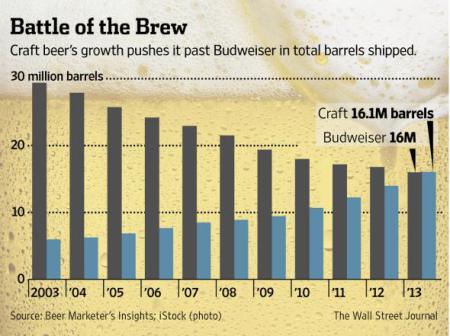
Among the similarities in the articles by Vorel and Lauter, both open by addressing the brewer’s decision to embrace the term “macro,” in contrast to micro-brewing. Both correctly stipulate this is an attempt at “reclaiming” a derogatory term, the brewer adopting it as a point of pride not unlike the LGBTG community embracing the word “gay” as their own, by way of example. What they do not fully seem to grasp: this also means they, and their ilk, were the ones initially tossing the term “macro” around as a pejorative. Somehow it is wrong for Bud to embrace a term micro-brewers have declared to be vile?
Another similarity is how in both articles the writers “interpret” the ad copy in the commercial by taking on the voice of the brewer. While the text consistently makes basic statements—”It’s Not Brewed To Be Fussed Over”, for example—they each spend a paragraph reinterpreting the message, always contradictory to the intent. Making claims not spoken, and taking on the persona of the one you oppose to place words in their mouth so you can then refute those claims? These are strawman (barley-man?) debate skills.
Lauter again ends up contradicting her own statements in this segment in demonizing these declarations by Budweiser. While hectoring the supposed hostility, she brings up an ad campaign by smaller beer maker Stone Brewing, where it uses the phrase, “Fizzy Yellow Beer Is For Wussies.” Most would say this is at least as hostile as those words she claims to be from Budweiser. No, instead she announces here the smaller brewery “has done a nice job.” Much like in politics, it is only wrong when the other guys employ an identical tactic.
Most striking in all of this bluster is how so many self-declared beer experts resort to common and base assumptions about Budweiser and the brewing process. So much of what I have heard over the years while working in the beer industry, and read in just this past week, is rooted in factual error and preconceived bias. Again, I am not trying to sway any kind of taste position here. If you don’t like Bud, don’t drink it. However, many of the details commonly proposed about the beer from the antagonistic Bud agnostics are in fact wildly inaccurate.
It Is ‘Fast Food’ Beer
In his piece, Vorel opens with glowing statements about how he has visited the Budweiser research brewery and met the fine people working there. The rest of the article, however, is him lapsing into craft beer snob antagonism. He likens Bud to the beer equivalent of McDonalds, and how drinking it involves suppressing his gag reflex. What Vorel should know, having visited Bud facilities, is that it is a rather expensive process to make the beer. A-B has streamlined the production and is able to make mass quantities for distribution in many ways because of how they revolutionized the industry, but the creation of the beer is far more involved.
Many craft ales can be created in the span of a fortnight, with some even coming to fruition in just a week. Budweiser takes a full month—thirty days—before it is bottled. There are more steps in the production of Budweiser than for most craft beers, including two fermentation stages. It is interesting that both Vorel and Lauter make mention of the Beechwood Aging process, and both make dismissive comments about the ignorance of the Bud consumer in doing so.
Vorel, in one of his strawman narratives, says, “So, what if right after we say it’s not to be fussed over, we IMMEDIATELY trumpet the fact that it’s beechwood aged, something that roughly 1% of our target demographic understands?” For her part, Lauter offers, “‘Beechwood aged’ means nothing to most people, so the fact that this is the ‘only beer Beechwood aged’ is something that a viewer is not going to question at all.” Understand, both writers have given us screeds condemning the supposed hostility of the beer maker, but each has no problem effectively ridiculing the beer drinkers. Also notable, while both writers declare few understand beechwood aging, neither of them offers an explanation on this process. So allow me.
Following the first steps of creation, the beer is delivered to massive storage tanks for the second fermentation stage. Alcohol and carbon dioxide are created in the beer by yeast converting sugars, and the type of yeast used for lagers differs from those in ales. During fermentation, ale yeasts rise in the mixture (top-fermentation) while lager yeast settles at the bottom. Before the beer is transfered for the secondary fermentation, the bottom of the tank is filled with beechwood strips. This does not impart any flavor to the beer—beechwood is selected specifically for that reason. Instead, the wood creates a wider surface area for the yeast to settle, like a multilayered lattice structure, rather than piling up at the bottom of the tank. The beechwood aging stage takes 21 days, or roughly the time some ales can have three batches created.
Bud Is Made Cheaply Using Corn And Rice
Made? Yes. Cheaply? Not the case. The use of corn and rice here is as adjunct grains, part of the formula to create the clarity and body of Budweiser. Adjunct here should be read as “in addition to” the barley used for malt and not “instead of.” There are a couple of realities many of the vituprative critics fail to fully process. First, the addition of more ingredients cannot be considered a cost-cutting move. Secondly, rice is a costlier product than barley, so the charge of this being a budgetary decision is baseless. Since the 1800s, Adolphus Busch insisted on the use of rice, the costlier ingredient, to create his signature product.
It Is A Weaker, Watered-Down Brew
Often this is an argument with coarser glossary terms, often suggesting the creation of Budweiser has less to do with zymurgy and something closer to micturition. But as far as the marketplace, Bud sits rather firmly in the middle. To wit, here is a tiny list of other labels:
Guinness Stout; Sam Adams; Founders All Day IPA; Goose Island Honkers ale; Anchor Steam
Budweiser weighs in with a higher ABV percentage than each of those labels. The amusing part of this charge coming from the craft brew segment is that there has been a bit of resurgence for this kind of lower-strength offering from the same crowd. The rising use of the term “session beers” to describe those weaker offerings is evidence of this trend.
Bud Is Stale Compared to Fresher Craft Brews
This is more of the accusation-over-information practice. Ever since A-B instituted the born-on dating on its labels, it has both become a corporate statute as well as an industry-wide movement. Look how many brands these days date their offerings on their label. At Anheuser Busch, this is a companywide dictum. From delivery drivers to the sales force, all are commanded to be meticulous on the stock and rotation of the product at the retail outlets. Out-of-code product is to be removed and replenished at all outlets.
I hear from sales reps detailing how visits from brewery executives can provoke anxiety and action. If there is a planned event with visiting representatives at a particular location, the sales reps arrive ahead to “scrub” the account, ensuring no out-of-code samples are found due to less diligent serving staff. Stories are that executives, in a night club for instance, might announce they will buy beers for every single patron, and then instruct the bartender to deliver to them the final beer at the bottom of a coffin cooler. This is so they can inspect the date on that remaining bottle.
The draft beer has possibly stricter standards. Beer decanted into kegs is not pasteurized and thus has a shorter shelf-life while needing to remain perpetually cold. The brewery mandates that distributers staff a draught beer team to regularly clean and maintain the draft lines at their draft accounts. Smaller regional brewers usually cannot afford such a staff, or they must rely on smaller distributers with less stringent standards.
So important is the temperature standard for draft beer that it must be shipped, stored, and then delivered with strict temperature controls. At the distribution storage warehouses, the keg rooms are outfitted with a large thermostat that generates a printed record. These also contain a satellite uplink to the corporate headquarters. Should the storage room temperature exceed a threshold, the distributer will receive phone calls from corporate heads in St. Louis.
All of the vitriol that has flowed since Sunday from the craft beer environment appears more of a case of pearl-clutching effrontery. Most of the hysterics are rooted not in factual foundation but emotional release. Note the way so many have entirely missed the point of the commercial, accusing the message as being Anheuser-Busch InBev wants to harm small breweries, when the actual focus was centered on only the brand. It does not say A-B InB is anti-craft beer; it says Budweiser is not brewed to be dissected as a craft beer.
Recall how The Beer Babe declared that the commercial was “dangerous”? She only alludes to this perceived threat in her final paragraph:
This sentiment will now be reverberated throughout the macro beer drinkers and even the ones that have just tried craft. It might make a consumer just a little hesitant to order a fruit beer. A little shy of going to a trendy gastropub. And every time that happens, AB-InBev benefits, and non-macro beer suffers.
What she describes here is a company that has seen sales of its flagship brand dwindle like the foam crown in a pilsner glass, while the craft beer segment has grown. This is a company striving to retain market share. It is basic competitive economics, nothing more.
The hysterical hand-wringing following this commercial gives the impression of an industry that is doing quite well for itself, yet feels as if everything is wrong. Craft brew sales have exceeded those of Budweiser for the first time ever. It is time for craft breweriesto shelve the insecurities and focus energy on creating new products.
Want to really upset the evil Bud overlords? Stop wailing about what is fair, and go make more batches of pumpkin-peach-almond ales.
This article was written at a local brew pub – a nano-brewery, if you will – while drinking an in-house crafted gin oak cask IPA, Widmer’s 2013 barrel aged vanilla Brrbon, and a Brown Shugga strong ale by Lagunitas Brewing. You can follow Brad on Twitter @MartiniShark, or on as Pucks ‘N Suds on the Untappd app.


